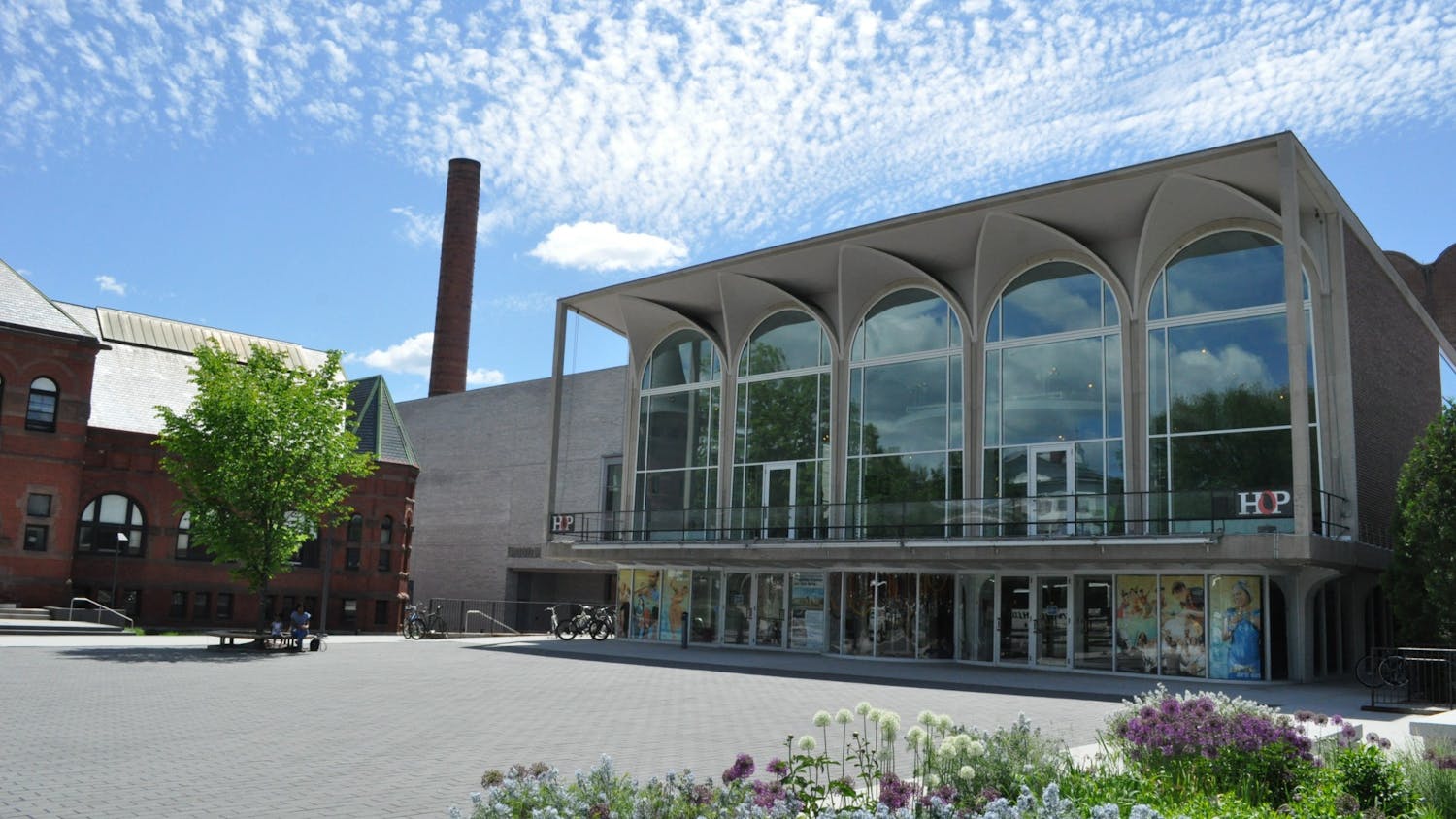Veteran German director Ulrike Ottinger has taken a ethnographic approach to examining weddings with her latest work, which focuses on the complex rituals and mores of marriage in Korea. Her documentary film, "The Korean Wedding Chest," was presented in Dartmouth's Loew Auditorium last Friday, fresh from the Berlin Film Festival.
The screening was part of a nationwide tour to increase Ottinger's visibility outside Germany, as many of her films are unknown to American audiences, according to German professor Gerd Gemnden.
Ottinger, a director, writer and cinematographer, is known in Germany for her films "Madame X" (1978), "Johanna D'Arc of Mangolia" (1989) and "Prater" (2007). Most of her work examines Asian culture.
"The Korean Wedding Chest" both opens and closes with cars driving through snow in Seoul, South Korea. These bookend scenes are layered with a voice-over of a fairy tale-esque story written by Ottinger: two ginseng roots who become human and are advised to "live among them and you will understand them."
These scenes are the only instances of narration in the film. For the remainder, Ottinger observes rather than engages with her subjects in documentary-like fashion. She sets out to explore the ritualistic customs associated with Korean weddings and how they collide with modern tradition.
We are introduced to the symbolic wedding chest, which contains items that the bride is to use after the wedding, each item placed meticulously in its ordained place in the box. There are pouches of seeds that are believed to ensure various virtues, from happiness and harmony to gentle character. Family trees, the marriage proposal and traditional garments are also placed in the box.
"I was inspired to look more closely at the old and new rituals to determine what is old in the new and new in the old," Ottinger wrote on her web site. "[It is] a modern fairy tale about the amazing phenomenon of new mega cities emerging everywhere and their contradictory societies caught in the balancing act."
Ottinger's film strongly focuses on the role of photography at the weddings. In a discussion after the showing, Ottinger described how the ceremony's scrupulous photographers were obsessed with capturing every moment "so much so it seemed to distract from the wedding itself." The stillness of the cinematography in much of the film is a direct reflection on the apparent importance of photography. There are several interludes in the film when the story of the wedding is held still and the audience watches snapshots of Korean life at a distance.
Through Ottinger's dispassionate lens, the viewer comes to understand how the Korean wedding is a site where the divide between modern and traditional culture plays out. These scenes are often entertaining we see traditional elements intermix with pop music and fog machines. We also see that young Korean couples are often so removed from the traditional culture that they must be coached in preparation for their wedding ceremony.
"I think most people don't keep up with strict traditions in everyday life because they don't necessarily go well with Western culture, which has been a strong influence since the Korean War," Korean native Jae Heon Lee '13, who attended the showing, said. "There is something uncanny about Koreans not knowing the real Korean culture, but it seems more or less inevitable."



